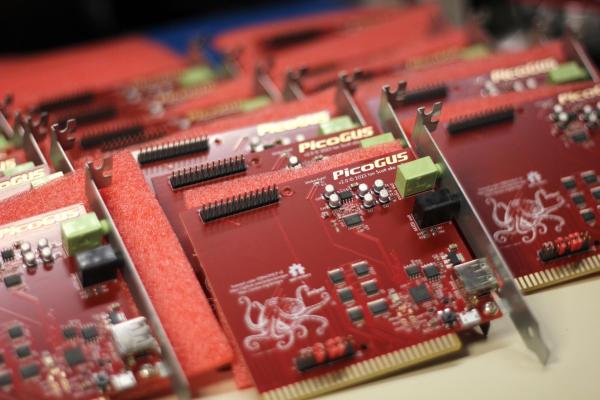The Z80 might be decades obsolete and a few years out of production, but it’s absolutely a case of “gone but not forgotten” in the hacker world. Case in point is SymbOS, a multitasking OS for Z80 machines by Amstrad, Sinclair, and the MSX2 family of computers that updated to version 4.0 earlier this year.
The best way to describe SymbOS is like looking at an alternate reality where Microsoft created Windows 95 ten years early to put on the MSX instead of the BASIC they were paid to provide. SymbOS 4.0 comes even further into alignment with that design language, with a new file explorer that looks a lot like Windows Explorer replacing (or supplementing) the earlier Midnight Commander style utility in version 3.
Thanks to the preemptive multitasking, you can listen to tracker music while organizing files and writing documents, and even play a port of DOOM. Chat with your friends on IRC while watching (low res) videos on SymboVid. If you’re looking for productivity, all the old business software written for CP/M can run in a virtual machine. There’s even an IDE if you can stand the compile times on what is, we have to remember, an 8-bit, 1980s machine. It’s hard to remember that while watching the demo video embedded below.
The operating system supports up to 1024 KB of RAM (in 64 KB chunks, of course) and file systems up to 2 TB, which is an absolutely bonkers amount of space for this era’s machines. One enterprising dev has even got his CPC talking to ChatGPT, if that’s your jam. You can try SymbOS for free online on an MSX emulator, or toss it onto a spare Raspberry Pi. If you’re feeling adventurous, there’s a port in the works for the Isetta TLL retrocomputer.
This isn’t the first modern OS we’ve featured for the Z80, the processor which will live forever in our hearts and tapeouts.
Thanks to [Manuel] for the tip.
Continue reading “SymbOS Is A Funhouse Mirror Look At A Future That Never Was” →

















